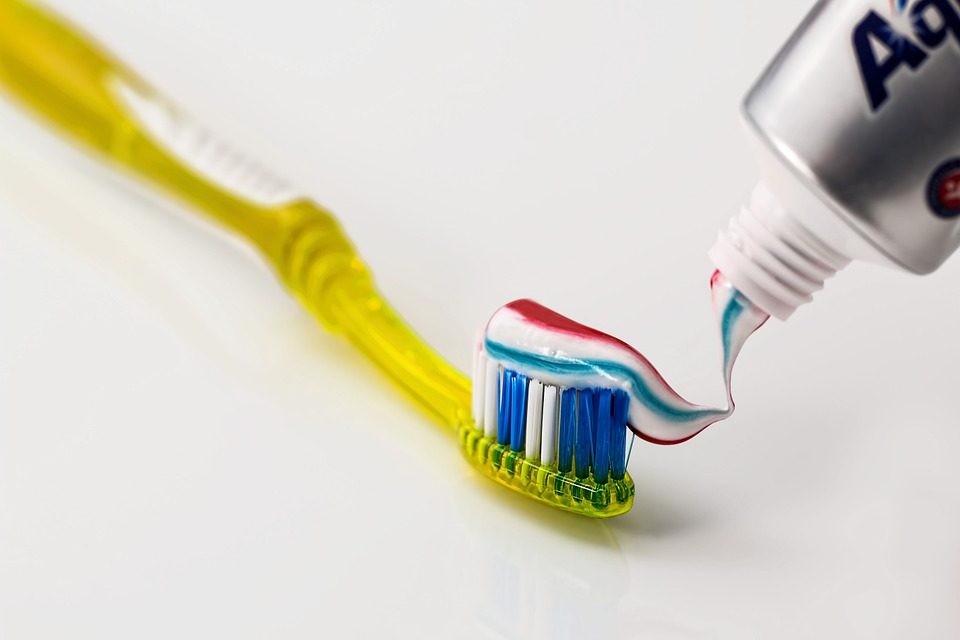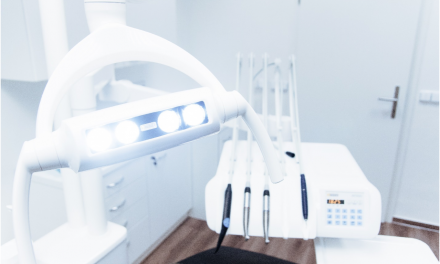People tend to think about their teeth more than their gums. That’s only natural – after all, you don’t need to worry about your gums falling out. However, it’s still important to keep those gums healthy, and it’s relatively easy to check whether they’re doing okay. Regular oral hygiene practices, such as daily flossing and brushing, along with routine dental check-ups, can help maintain gum health and prevent potential issues. Monitoring the color, texture, and any signs of bleeding during oral care routines provides a simple yet effective way to ensure that your gums stay in good condition, supporting overall oral well-being.
Here are just a few things to look out for.
Colour Change
Firstly, open your mouth wide and pull your lips gently away from your teeth. Take note of how your gums look. They should be firm and pink, and any colour change should considered a cause for concern. Gums can darken thanks to a build-up of bacteria or show small white patches thanks to a fungal or viral infection. Random dark spots could be caused by melanoma.
Swelling
As you’re checking for rough patches, try to also check for signs of swelling. This can be a little harder since the teeth below your gums naturally create ridges and valleys. You can spot abnormal swelling by feeling for areas that are slightly spongy – they may feel sore or tender when you exert any pressure. Swelling is usually caused by an abscess, a type of infection that occurs when food debris penetrates the gum line. In cases of pain and swelling, seeking professional dental care from a qualified dentist becomes imperative. Practitioners of Family Dentistry Munster IN, or similar services elsewhere can offer expert guidance and treatment for gum issues and infections. Addressing these concerns promptly not only alleviates painful symptoms but also prevents the potential escalation of dental problems.
Rough Spots
You’ll run your tongue over part of your gums every day – it’s something that happens naturally when we talk or eat. However, you can’t reach everywhere using tongue alone, so wash your hands and feel around your gums with a finger. As you go, check for any rough spots. There are several reasons one may develop, and rough spots aren’t always a serious condition. However, in many cases, these rough spots in the mouth can be caused by illnesses such as Gingivitis, Periodontitis, or Leukoplakia, which often require expensive treatments. But, you may not have to worry about the cost as there are many dental clinics that offer affordable financial plans (like Direct Dental finance options) to help you get the necessary treatment without breaking your bank.
Bleeding
Before taking the finger from the mouth, gently push down where the gums rise a little between each tooth. If the gums bleed, something is wrong. Gum disease is the most likely culprit, so see your dentist as soon as possible if your gums are bleeding. Catching the problem now could prevent painful and expensive dental work in the future.
- Overcoming Challenges in the Production of THC Seltzers - 10th May 2024
- The changes in dental marketing - 12th October 2022
- Online aligners or surgery based ones? - 12th October 2022








